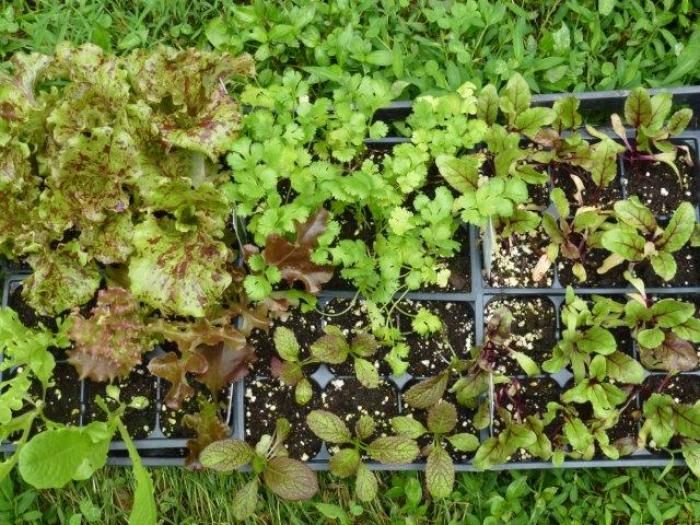
Right now we are up to our elbows in garden bounty. Hallelujah! However, even though we are busy harvesting, preserving, drying and putting up the bounty before us–it is time to be putting in fall crops. This is easy to do, as we remove one crop, amend the soil, and replace it with another.
In my zone 7, Maryland garden, we have had a cool summer. I have harvested the basils four times and they are putting out yet again. The tomatoes have been slow–there are still many green ones on the vines–and we have had plenty to eat for the past 4 to 6 weeks, though not an excess to put up. The summer squash vines are dying as they usually do this time of year… we have squash borers, which eventually kill the plants. The cucumbers dried up a few weeks ago. The onions and garlic are cured and stored. The potatoes have just been dug, though I still need to cull through them and remove any with nicks, cuts or bad spots, which might cause rot, before storing them in the coldroom. (There is nothing quite as stinky as a rotting potato!)
The early calendulas expired from the summer heat and the later ones are now blooming full on. Annual flowers like nasturtiums, marigolds, zinnias, celosia, and nicotiana are showin’ out in the garden along with the brightly colored leaves of Swiss chard, and of course a rainbow of ripening chile peppers. The butterflies and bees, as well as hummingbirds, are happily pollinating the colorfulful blooms. I am delighting in this last surge in the summer garden, because right now the days are getting shorter and the weather is cooler; autumn is definitely in the air. The Canada geese started their noisy honking passovers last week going from cornfield to the lake nearby, which is a certain indication of fall.
So with all of the harvesting, comes empty places in the garden. I have been removing dead or dying plant material, as well as the ever-thriving weeds to the compost pile. Then I add some aged chicken or horse manure to the vacant plots and work it in. I visited my local farmer, Denise Sharp, at Sharp Farm to pick up some of her annual fall vegetables, which I got in 6-packs as well as plugs. There are the cool-weather brassicas such as broccoli, cauliflower, collards, cabbage, broccoli rabe, kale, mustard and then there are other leafy greens like Swiss chard, tat-soi, spinach and lettuces. My gardening friend, Deborah Hall, gave me some late-started basils, which are filling out the herb space, along with cilantro, dill and arugula. A few weeks ago, I did sow some salad mixes, cilantro and dill seed, beets and radishes and they are already a few inches tall.
So I am excited to extend the gardening season into the fall and look forward to those future harvests. If you have not planted your fall garden–it isn’t too late–get out there and do it now! Once it really starts to cool off and if there is any danger of frost, I will be covering these crops with floating row cover. This will prolong the season into the early winter months. Also don’t forget that autumn is the time to plant garlic. See /item/14207/how-to-plant-garlic. I plant mine during a root moon, right around Halloween. Best to get it in the ground six weeks before a hard freeze.
Happy harvesting and fall planting!




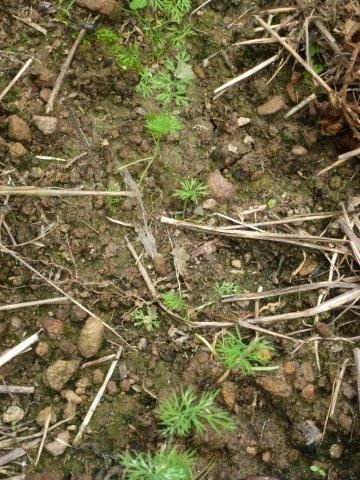
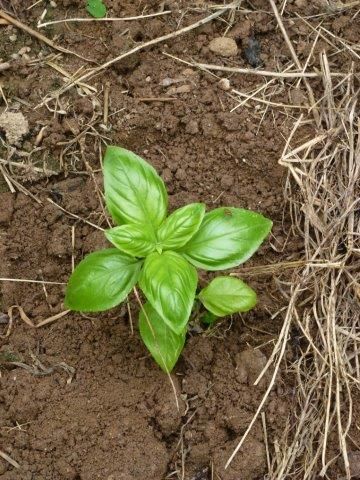
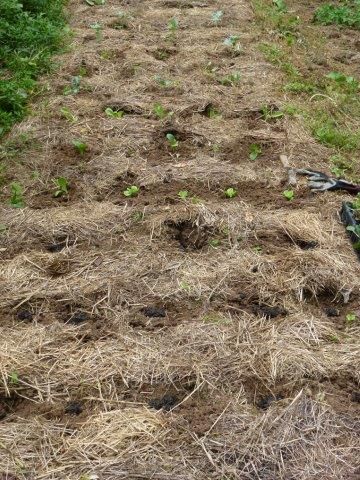
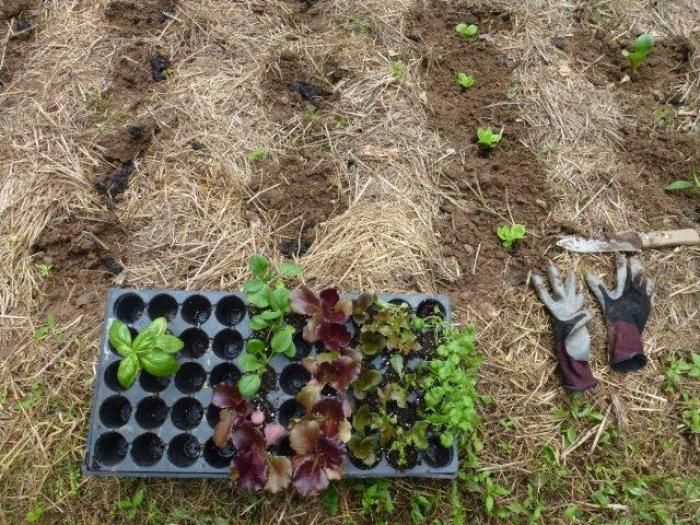





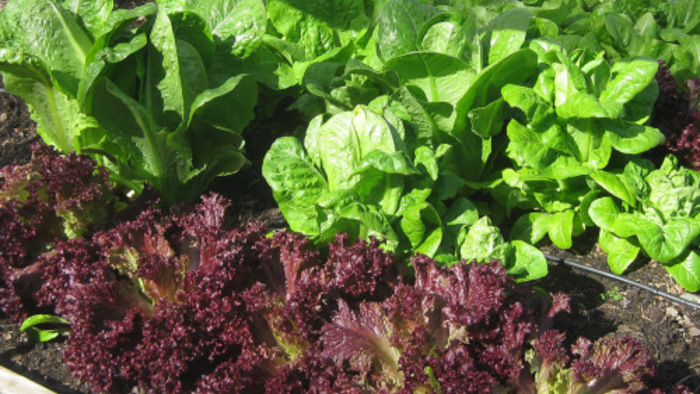












Comments
Log in or create an account to post a comment.
Sign up Log in